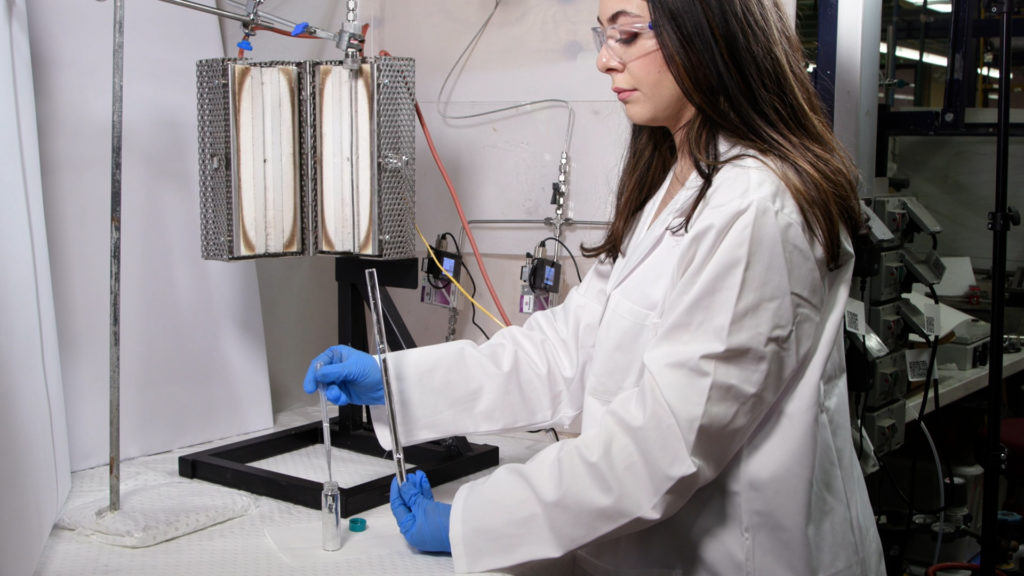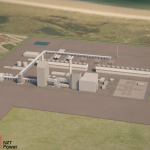News - News
Decarbonisation tech instantly converts CO2 to solid carbon

Australian researchers have developed a smart and super-efficient new way of capturing carbon dioxide and converting it to solid carbon, to help advance the decarbonisation of heavy industries like cement and steel.
The carbon dioxide utilisation technology from researchers at RMIT University in Melbourne, Australia, is designed to be smoothly integrated into existing industrial processes.
Decarbonisation is an immense technical challenge for heavy industries such as cement and steel, which are not only energy-intensive but also directly emit CO2 as part of the production process.
The new technology offers a pathway for instantly converting carbon dioxide as it is produced and locking it permanently in a solid state, keeping CO2 out of the atmosphere.
The research is published in the journal Energy & Environmental Science.
Co-lead researcher Associate Professor Torben Daeneke said the work built on an earlier experimental approach that used liquid metals as a catalyst.
“Our new method still harnesses the power of liquid metals but the design has been modified for smoother integration into standard industrial processes,” Daeneke said.
“As well as being simpler to scale up, the new tech is radically more efficient and can break down CO2 to carbon in an instant.
“We hope this could be a significant new tool in the push towards decarbonisation, to help industries and governments deliver on their climate commitments and bring us radically closer to net zero.”
The steel and cement industries are each responsible for about 7% of total global CO2 emissions (International Energy Agency), with both sectors expected to continue growing over coming decades as demand is fuelled by population growth and urbanisation.
The Australian Government has highlighted CCS as a priority technology for investment in its net zero plan, announcing a $1 billion fund for the development of new low emissions technologies.
The next stage in the research is scaling up the proof-of-concept to a modularized prototype the size of a shipping container, in collaboration with industry partner ABR.
ABR Project Director David Ngo said the RMIT process turns a waste product into a core ingredient in the next generation of cement blends.
“Climate change will not be solved by one single solution, however, the collaboration between ABR and RMIT will yield an efficient and effective technology for our net-zero goals,” Ngo said.
The team is also investigating potential applications for the converted carbon, including in construction materials.
“Ideally the carbon we make could be turned into a value-added product, contributing to the circular economy and enabling the CCS technology to pay for itself over time,” Daeneke said.
The research involved a multi-disciplinary collaboration across engineering and science, with RMIT co-authors Jonathan Clarke-Hannaford, Billy James Murdoch, Associate Professor Kalpit Shah and Professor Michelle Spencer.
If you would like to read more stories like this, then please click here
Related Articles
More News
- Leeds Beckett University collaboration to drive innovation in construction industry
25 Apr 24
Leeds Beckett University have partnered YORhub drive innovation in the construction sector
- Balfour Beatty awarded contract to build Scotland’s first net zero prison
24 Apr 24
Balfour Beatty has confirmed that it has been awarded a contract to construct the new
- Construction output decreased in February
23 Apr 24
The estimates show that monthly construction output is expected to have decreased 1.9% in volume






